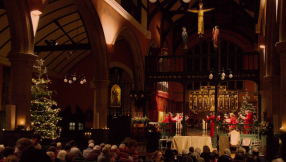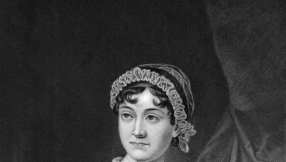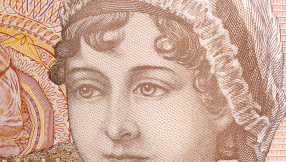As an RSL Sub-Branch funeral officer, I get to visit many churches and chapels to do the ex-servicemen and women's rites.
At the older and more traditional churches, the paintings and statues draw my attention.
Crucifixion Statue
I'm interested in those of Jesus on the cross during his crucifixion. One of the Catholic churches has a larger-than-life statue of Jesus hanging on the cross along with the crown of thorns, a spear wound in his side and nails in his feet.
What it doesn't show is the terrible wounds He suffered during the scourging or flagellation before He was returned to Pilate for final sentence.
I grew up believing Pilate ordered Jesus to be scourged but not too badly because "I have found in him no crime deserving death." (Luke chapter 23, verse 22). The opposite seems to be the truth because Pilate wanted to appease the mob so he ordered Jesus be scourged in an extreme manner.
Flagellation
Roman flagellation was one of the most feared of all punishments. It was a form of brutal, inhumane punishment generally executed by Roman soldiers using the most dreaded instrument of the time, called a flagrum.
This was a whip consisting of three or more leather tails which had plumbatae, small metal balls or sheep bones at the end of each tail.
These plumbatae tore the skin to pieces, inflicted internal injuries to kidneys, liver and lungs and even broke ribs.
The victim was stripped of all clothing and chained to a pillar, low down so he was in a kneeling position which allowed the torturer to gain greater weight with the flagrum. The torturer would change sides so as to ensure all parts of the body were equally dealt with.
Then came the 'Crown of Thorns
Dr. Michael Evanari, Professor of Botany at the Hebrew University of Jerusalem, has opined the Syrian Christ Thorn, which was available in Jerusalem, was the plant most likely to be used for the crown of thorns.
It wasn't for show.
The thorns were meant to drive deep into the scalp, damaging nerves and blood vessels and causing severe facial pain.
According to Dr Evanari, they could also cause spasmodic episodes of stabbing, lancinating and explosive pain.
Passover in Jerusalem was a flashpoint. The men who executed Jesus had been recruited to suppress recurrent rebellion in Palestine. Their job was to maintain public order, and maintain it they would.
As we know, this scourging did not appease the mob, nor would the mob allow Jesus to be swapped for the terrorist, Barabbas, so Pilate, again intimidated by the mob at the time of the Passover, ordered His Crucifixion.
The Short Cross
The cross itself was the ultimate torture where many victims suffered for several hours before dying.
Here's something else I learned about the cross and crucifixion when reading what Dr Evanari and others had to say.
"How could a humiliated, weakened, beaten, bleeding, mangled mess of a man already suffering from breathing difficulties, as well as hypovolemic and traumatic shock, carry a T-shaped cross which weighed between 175 and 200 pounds? The short answer is that He did not."
The cross used in Roman crucifixions consisted of two parts: "the upright or mortise, referred to as the stipes, or staticulum, and the tenon or crosspiece, which is called the patibulum or antenna."
Jesus carried the crosspiece. At Calvary He was nailed to the crosspiece on the ground through the palms of his hands, not his wrists. The crosspiece was then placed into a rectangular notch or mortice carved into the tip of the stipes.
Dr Evanari said roman crosses stood about seven to seven-and-a-half feet in height because from a practical point of view, it was easier to lift the crosspiece and victim into position on a shorter cross
"It was also easier to remove the victim from a short cross after death. Shorter crosses also made it easier for wild animals to finish off victims.
"They then bent His knees until His feet were flush to the cross and nailed His feet to the upright," Dr Evanari wrote.
It is difficult to imagine the pain our Lord was in but He knew from the start this had to happen for Him to pay the price for man's sins. We have the chance of life everlasting because of what Jesus did.
Personally, I prefer paintings and statues of the Risen Christ.
Courtesy of Press Service International













